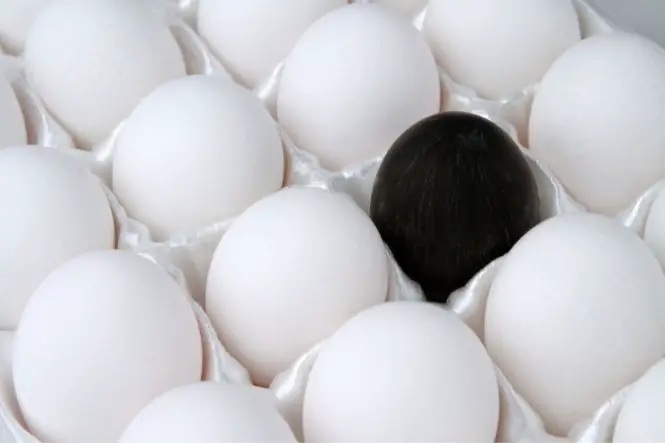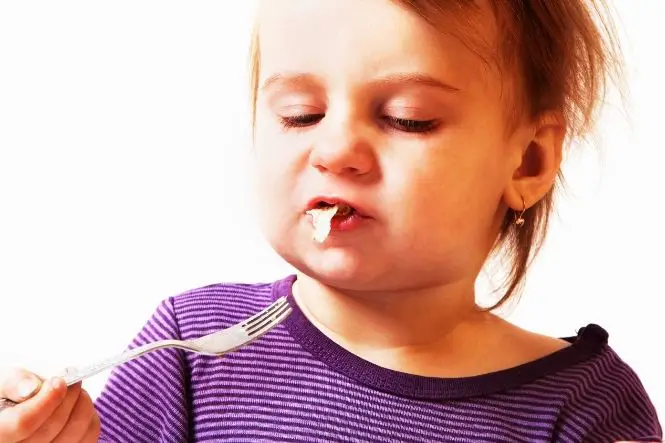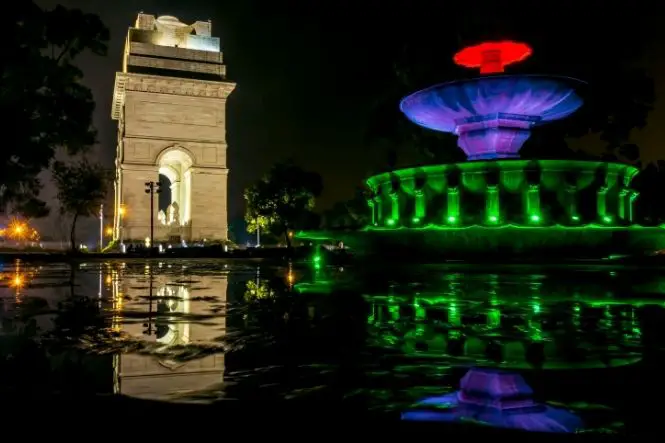The colour of food is important – if an apple or a strawberry is red, it’s likely to be ripe, sweet and good to eat, and if a piece of meat has a blue or green tinge, it’s likely to have gone off.
Colour and Appetite
Sometimes just seeing a delicious meal (or even the picture of a delicious meal) makes people hungry. Like the sense of smell (see ‘The Effect of Smell on Taste’), the sense of vision affects the sense of taste.
Colour and Taste
It’s not just appetite – how food looks, even just what colour it is, can change how someone thinks it tastes. A vanilla dessert that is coloured brown might seem to taste of chocolate, or coloured pink might seem to taste of strawberries.
Try It Out
Make three sponge cakes, and mix a different food colouring into each (red or orange, green and blue). Cut the cake into squares. Give people a square of each and ask them what each cake tastes of and which cake tastes best – are the answers different?
Put the three colours of cake on a plate and offer it to another group of people. Which colour is taken first? Which colour is left to the end?
The colour taken first is likely to be red or orange. This is associated with ripe fruit – think of oranges, cherries, strawberries and apples, and so is expected to taste good. Because of this, some restaurants are decorated in reds and oranges, or use red tablecloths or tablemats.
The colour left until last is likely to be blue. In an experiment in the 1970s, people were given a meal of steak and chips that looked ordinary under special lighting. When the people saw the meal under normal lights, some felt ill because the steak was blue and the chips were green.
Not liking blue food is probably because few foods are naturally blue (other than foods like blueberries, aubergines and a few types of potatoes), and blue can be a warning that the food has gone bad. Because of this, blue can be used to suppress appetite – people trying to lose weight may find it easier to eat less if they eat off a blue plate.
Colour some clear lemonade with different food colourings and ask people what flavour it is. The answers are likely to have more to do with the colour than with the flavour.
Colour three glasses of clear lemonade with red colouring, making one pink, one light red and one dark red and ask which one is the sweetest. The answer is likely to be the one with the most intense colour.
In research published in 2007, people were given glasses of orange juice, with some coloured a deeper orange with food colouring. The orange juice that was a stronger colour was reported to taste different, even though there was no actual change in the flavour.
Food manufacturers can use colour to make foods seem to taste stronger, sweeter or better.







